Martin Bahrij Lamp: Light Modulation without Switches or Dimmers
Since designer Martin Bahrij has not yet formally named the lamp at the center of this post (he calls it, somewhat technically, “Lamp with possibility of light intensity modulation”, I’ll presume forthwith to offer some suggestions: 1. “Chironex Lumens”; 2. “Phosphorescent Fleckeri”; and 3. Jellyfish Lamp. While my heart is with the first two, odds are that number three would be the most commercially viable, but then Bahrij doesn’t strike me as the type to place too much stock in that. All three proposed names derive from the lamp’s resemblance to the notoriously deadly Box Jellyfish, whose propulsive propensities and translucent aspect seem compatible with the look of the piece.
“Lamp with possibility of light intensity modulation.” Designed by Martin Bahrij.
The Architecture of Light Modulation
Notwithstanding its aesthetic compatibility to the deep sea stinger, Bahrij in fact based his design on the cinch-and-close device common to Japanese packaging, though one could fairly make the claim that Far East evocations abound; Bahrij does so, in fact: “The entire form is inspired by the eastern culture, including lanterns and parasols.” A look at the lamp’s underside is revealing in this regard. The bulb is recessed in the uppermost portion, while the fabric billows down beneath. 16 wooden slats spiraling out from a wooden “keystone” beneath the bulb give structure to the upper half, while a pull and tie device closes or opens the lower half. This action modulates the light by controlling the size of the lower aperture, while the upper half rounds into a sphere—thus, the resemblance to circular or oblong Japanese lanterns.
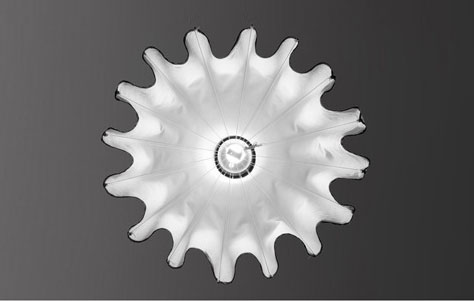
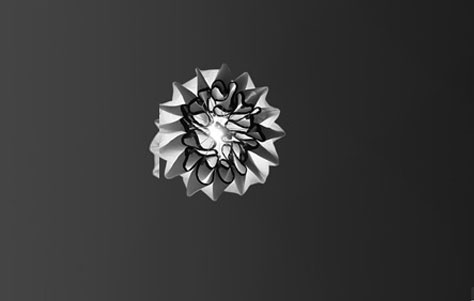
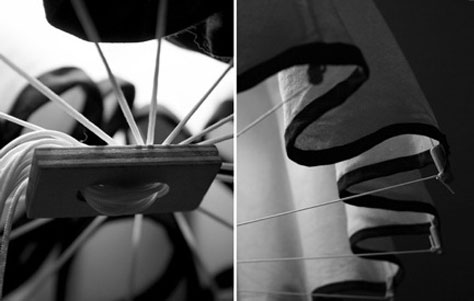

Bahrij further says that the mechanics of the piece are based on the way an umbrella opens and closes. I’d also liken it to the dramatic unfurling of a parachute, as the rapid rush of air forces expansion of the fabric. Nor can I help but mention that it looks like a miniaturized hot air balloon, especially from the vantage underneath, which nicely approximates the view from the basket looking up at the balloon’s insides. In light of all this, however, I’m staying with my metaphor of the beautiful and dangerous Chironex Fleckeri, inflating and expelling with hypnotic translucence, illuminating the surroundings with its ethereal and gorgeous glow.

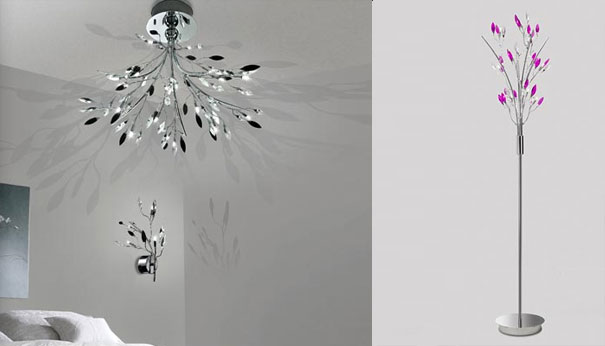
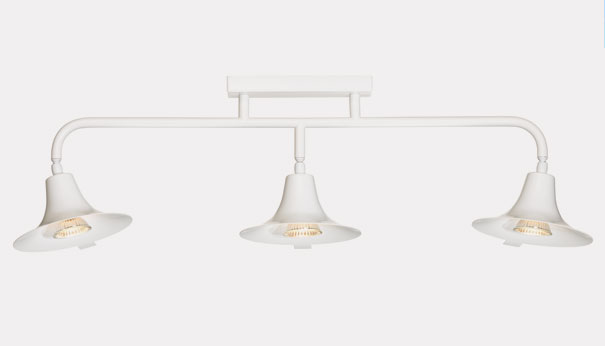

Leave a Reply